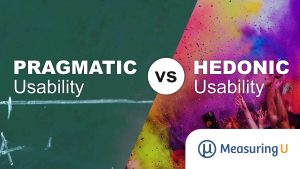
Why Collect Task- and Study-Level Metrics?
In Quantifying the User Experience, we recommend using a mix of task-level and study-level metrics, especially in benchmarking studies. But what, exactly, are task-level and study-level metrics, how do they differ, and why should you collect them both? In this article, we’ll explore this common practice of collecting both types of metrics to understand the








